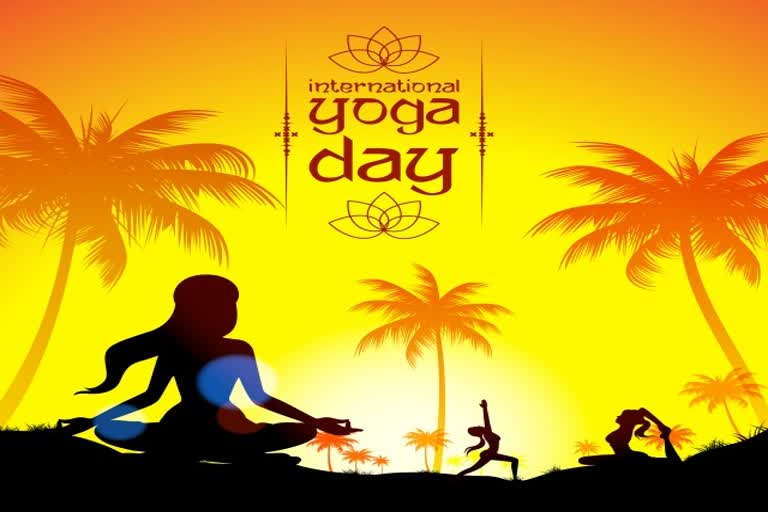2021 marks the 7th consecutive year of celebrating International Yoga Day. It was recognized by the United Nations General Assembly in 2014 and was an initiative by the Indian Prime Minister Narendra Modi. The day is observed worldwide and this year, the theme is “Yoga for well-being” and the message is "Be with Yoga, Be at Home". Also, this year due to the COVID-19 pandemic, International Yoga Day will be celebrated digitally. The motive is to encourage people to practice yoga regularly at home.
Currently, maintaining mental positivity and strong immunity is the key to preventing severe infection amidst the ongoing situation. Hence, yoga serves the purpose. Recently, the second wave of COVID-19 in India was rather adverse and left many people affected. The recovery is taking quite long and therefore, to know more about how people can keep their body fit after recovering from COVID-19, the ETV Bharat Sukhibhava team spoke to Dr. Hemant Sharma, HOD, and Assistant Professor, Department of Yoga at Choithram College of Professional Studies, Indore.
Yoga For COVID-19 Recovery
Many researchers and experts have confirmed that during the infection, regular also practice of yoga alleviates the problems occurring post-COVID-19 recovery. In detailed research conducted by the National Center for Biotechnology Information, it was mentioned that our immune system can be strengthened with the help of pranayama.
Our yoga expert, Dr. Hemant explains that even after recovering from COVID-19 our vital organs remain affected. And apart from this, along with hormonal imbalance, our immune system is also weakened. This affects the energy (pranic energy) of our body. In this case, yoga plays an important role in strengthening our body, normalizing our senses, and calming our minds. Asanas (poses) for the body, pranayama for the senses, and meditation for the mind are recommended.
The pandemic took a toll on people’s mental health and a lot of them are still affected by stress, panic, anxiety, fear, sleeplessness, etc. Besides this, after recovering from COVID-19, people are facing problems related to blood pressure, diabetes, lung and heart issues, and a lot more. Here, adopting yoga and a yogic lifestyle can be very helpful in transmitting positive energy in the body and keeping post-recovery problems at bay.
How Are Asanas/Pranayamas Beneficial?
Dr. Hemant says that the cases of depression have increased a lot since the beginning of the COVID-19 pandemic. In this situation, regular meditation is helpful for problems like anger, insomnia, and other mental issues. Besides this, bhramari pranayama, brahma mudra, marjari asana, bhujang asana and setubandh asana are beneficial.
Apart from the infection, a sedentary lifestyle during lockdown has led to obesity in many, which is a cause of many other diseases. This too can be controlled by regular practise of surya namaskar, paschimottanasana, ardha matsyendrasana, mandukasana and pranayama, along with a proper diet. Anulom vilom pranayama provides relief from the common cold and cough.
What Asanas/Pranayamas To Practise?
Here are some of the asanas and pranayamas that can be practiced regularly post COVID-19 recovery, as recommended by Dr. Hemant:
- Anulom Vilom Pranayama
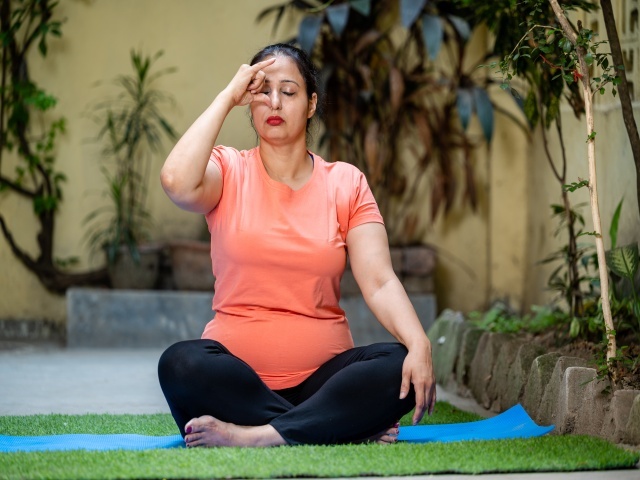
- Sit on a yoga mat in a calm environment. Now, bring your right hand to your nose, block the right nostril and inhale with your left nostril.
- Now block your left nostril with your finger, open your right one and exhale through it. Repeat it with the other side as well.
- Practice it every morning for about 5 minutes.
2. Bhastrika Pranayama
- Sit on the mat cross-legged or in sukhasana and take a deep breath.
- Now exhale with force, pulling your stomach inside.
- Repeat this for 3-5 minutes. You can do this twice every day.
3. Brahma Mudra
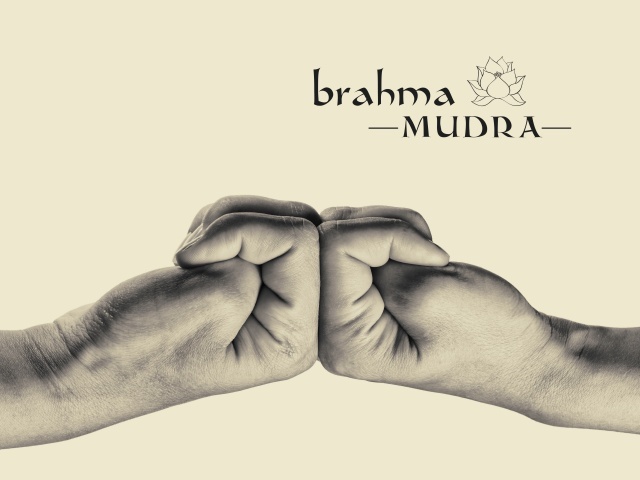
- Sit in siddhasana or vajrasana, keep your neck and back straight and slowly move your neck to the right.
- Maintain the position for a few seconds then move your neck slowly towards the left and hold it there.
- Come back to the original position, then move your neck up and then down, holding it for a few seconds each time.
- Come back to the normal position again and now rotate your neck clockwise and then anticlockwise. One cycle is completed here.
- You can repeat 4-5 cycles at your convenience.
4. Marjariasana
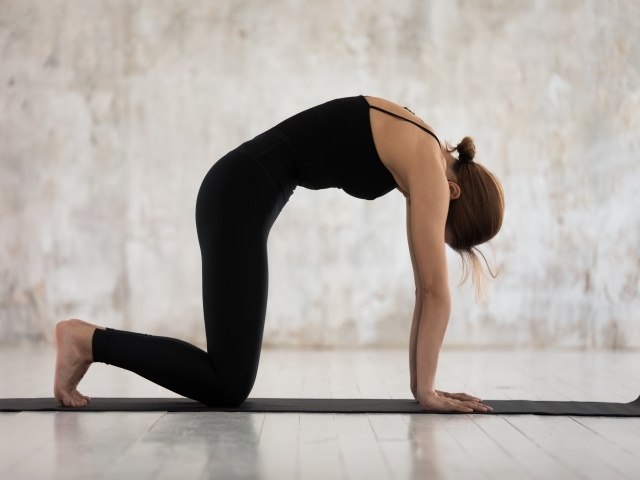
- Place your hands and knees on the floor in a table pose.
- As you inhale, raise your chin, tilt your head back, push your navel downwards, and your buttocks upwards.
- As you exhale, drop your chin down, move your back up to form an arch, and relax your buttocks.
- Hold both poses for a few seconds. Don’t do it with a jerk.
- Repeat it 5-6 times.
5. Bhujangasana
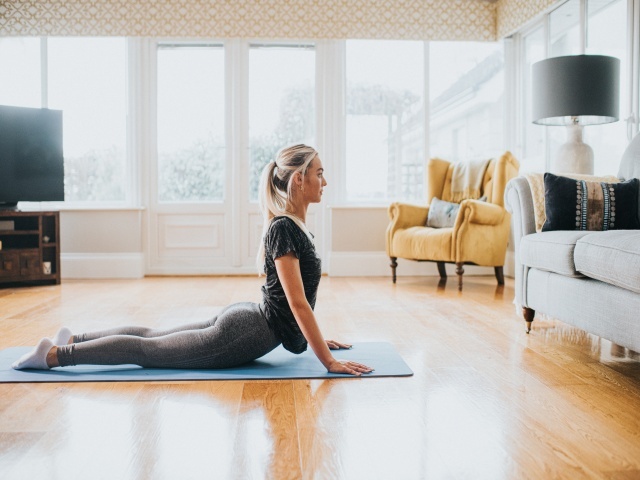
- Lie down on your stomach with your feet close and arms on your sides.
- Bring your hands near your shoulder, placed on the floor, and now gently lift your upper body as you inhale.
- Hold up for 15-30 seconds and come back to the lying position as you exhale
Also Read: 5 Yoga Poses To Deal With Hypertension
Dr. Hemant says that the practice of various asanas and pranayamas in yoga benefits both physically and mentally provided it is done in the right manner. Yoga should be practiced under expert supervision because if done incorrectly, it can cause harm to the body.
For more information about the same, you can contact our expert through email at drhemantyoga@gmail.com
